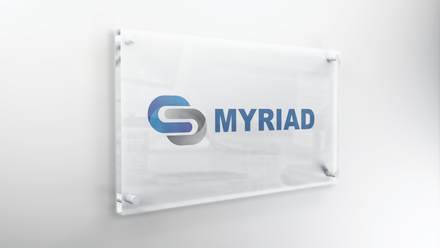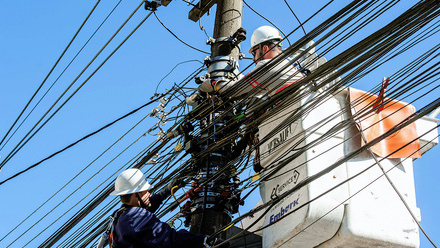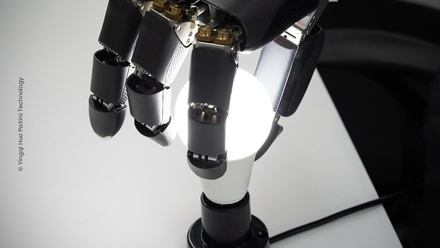Scaling up success
A nine-point scale created by human factors experts is helping to improve safety and efficiency across business, defence and aviation in the US. The human readiness level (HRL) system provides a framework to ensure human factors is taken into consideration throughout the whole product development cycle.
It is split into three sections: basic research and development, technology demonstrations, and full-scale testing, production and deployment. An article on the American Psychological Association’s website tracks the development of the scale after it was first launched by a group of experts in 2021. Since then, it has gained wider support and in 2024, the federal government introduced legislation requiring its use in defence and aviation.
The system was designed to complement the technology readiness level (TRL) scale, which is already widely used. The article says: “Most engineers are familiar with the TRL, whose stages focus on researching and validating a concept, followed by developing a prototype and testing it in a lab, and finally fixing bugs and testing it in a real environment. The HRL scale mirrors these stages, but it focuses on how humans use the technology.”
The creators of the HRL applied it to real scenarios from the past, including the redesign of Coast Guard lifeboats. They found that if the scale had been used, a number of issues that led to the crews suffering injuries could have been detected at an early stage. It’s now hoped the scale could be applied to increase access to healthcare and make the system easier for people to navigate.






